Castiglione di Carovilli. The Ammond church
2022
Ancient church located on the hill, dating back to the fifteenth century, which today, especially in the summer months, hosts theatrical and classical music events.
You may also like
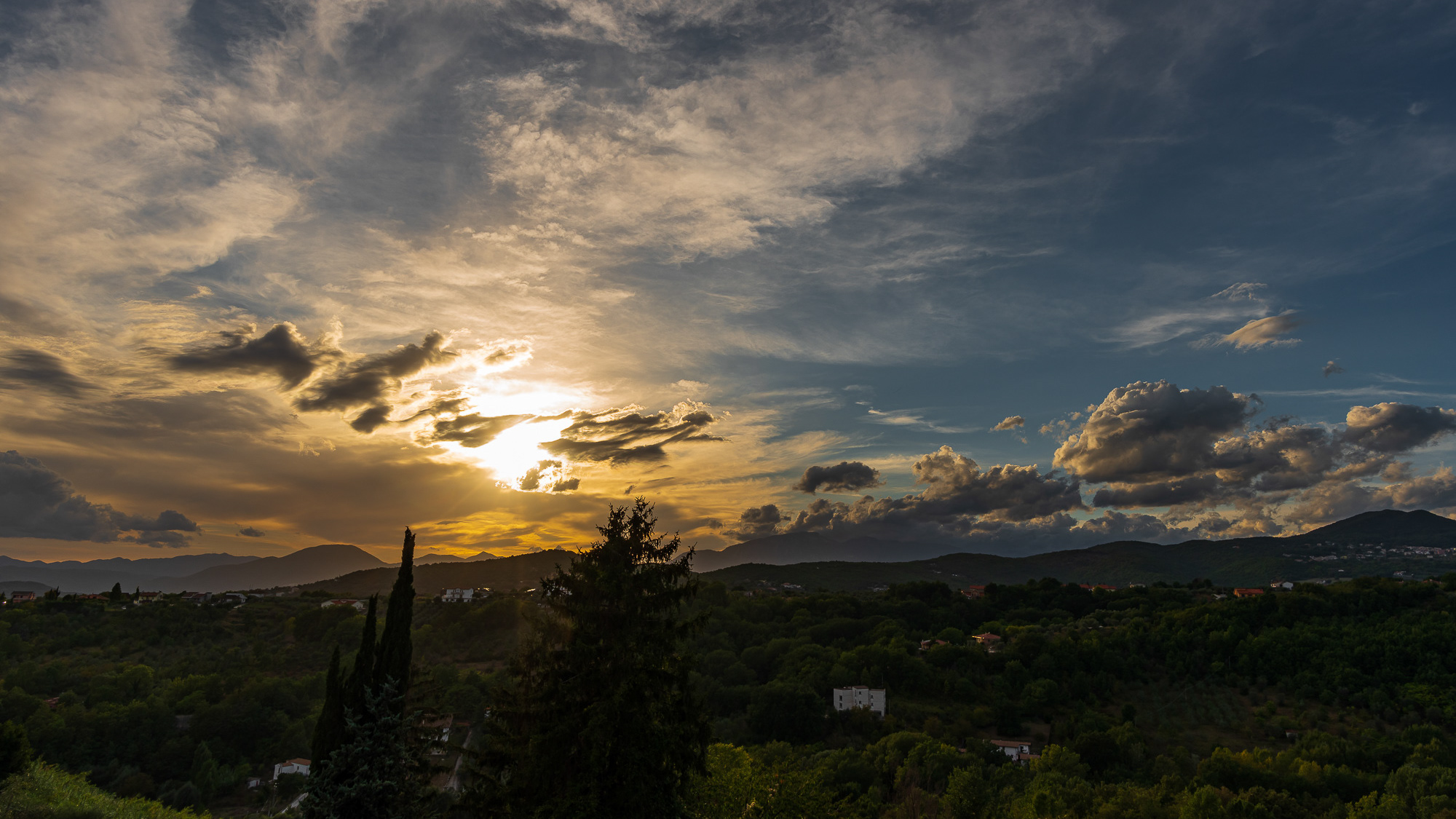
2022
Spectacular photographs of sunsets in Molise, Italy
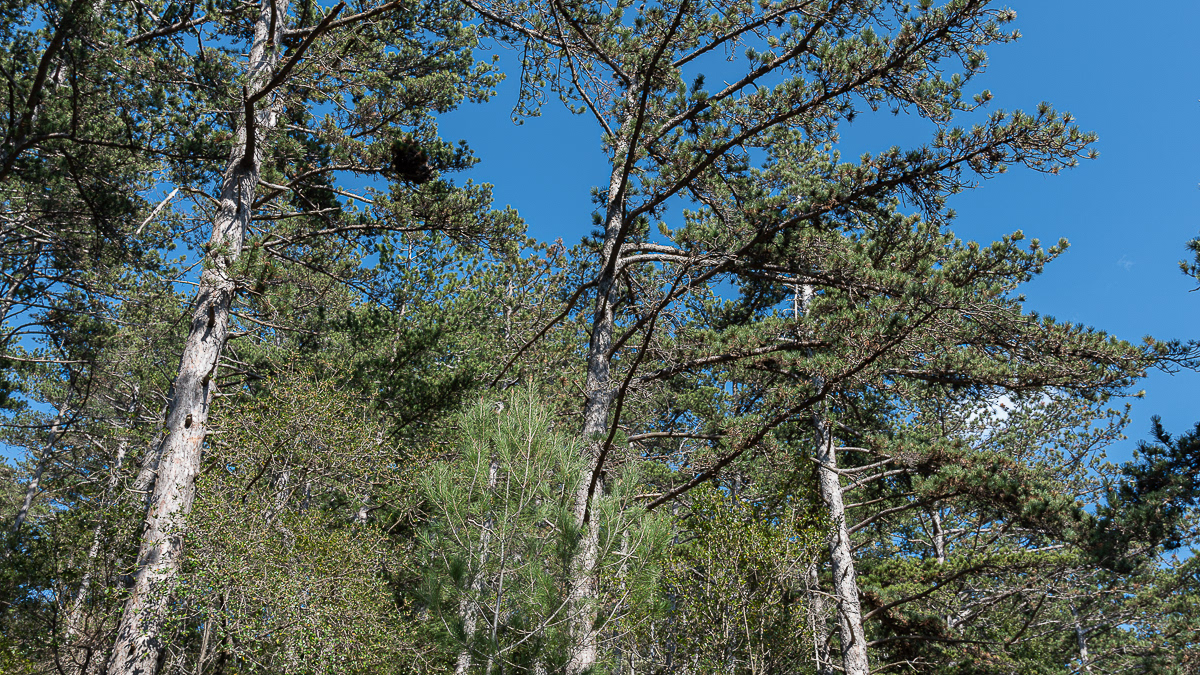
2021
Isernia, the pine forest
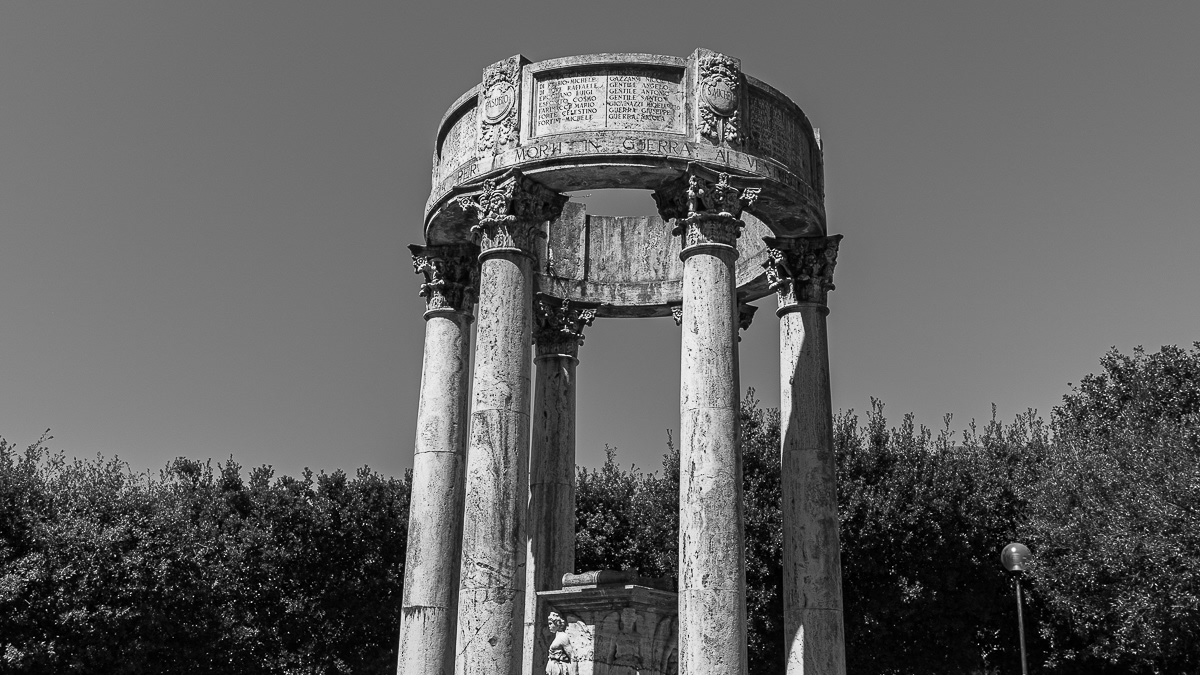
2021
Isernia, Monument to the Fallen

2016
Scapoli (IS)
Scapoli (Scapulë in molisano) è un comune italiano di 666 abitanti della provincia di Isernia in Molise. Fino al XV secolo fu parte integrante del Giustizierato d'Abruzzo e dell'Abruzzo Citeriore. Le origini del paese risalgono probabilmente al IX secolo, come risulterebbe da alcuni testi tra i quali il "Chronicon Vulturnense", antico testo redatto intorno al 1130 da un monaco dell'abbazia di San Vincenzo al Volturno di nome Giovanni. Proprio da questo testo risulterebbe che l'insediamento di Scapoli (cd. Castrum Scappili) nacque sulle terre di proprietà dall'abbazia ad opera dei monaci che erano stati cacciati dai Saraceni da Castel San Vincenzo. Dalla sua costituzione Scapoli subì l'influenza di diverse famiglie di origine franco-romana, tra le quali nel 1043 prevalse la famiglia Borrello che aveva sottratto all'abbazia l'intera valle del Volturno. Il paese ritornò nelle mani dell'abbazia grazie all'intervento del Papa Niccolò II per poi esservi di nuovo sottratto ad opera dei Conti dei Marsi. Successivamente dal 1200 passò in mano ai Caldora e nel 1382 il feudo fu venduto ai Pandone. Nel XVI secolo e fino al 1621 fu dei Bucciarelli per poi essere ceduto a Innico di Grazia, barone di Cerro al Volturno, fino ad arrivare ai marchesi Battiloro. Fu annesso al ducato di Terra di Lavoro fino al 1861 quando entrò nel territorio di Campobasso. Durante la seconda guerra mondiale si trovò sulla famosa "Linea Gustav" creata dai Tedeschi per impedire l'avanzamento degli alleati. Molto importante fu infatti la costituzione proprio a Scapoli del Corpo Italiano di Liberazione, protagonista di sanguinose battaglie sul vicino Monte Marrone. Nel 1970 fu annesso alla neonata provincia di Isernia e da 20 anni fa parte del Parco nazionale d'Abruzzo, Lazio e Molise.
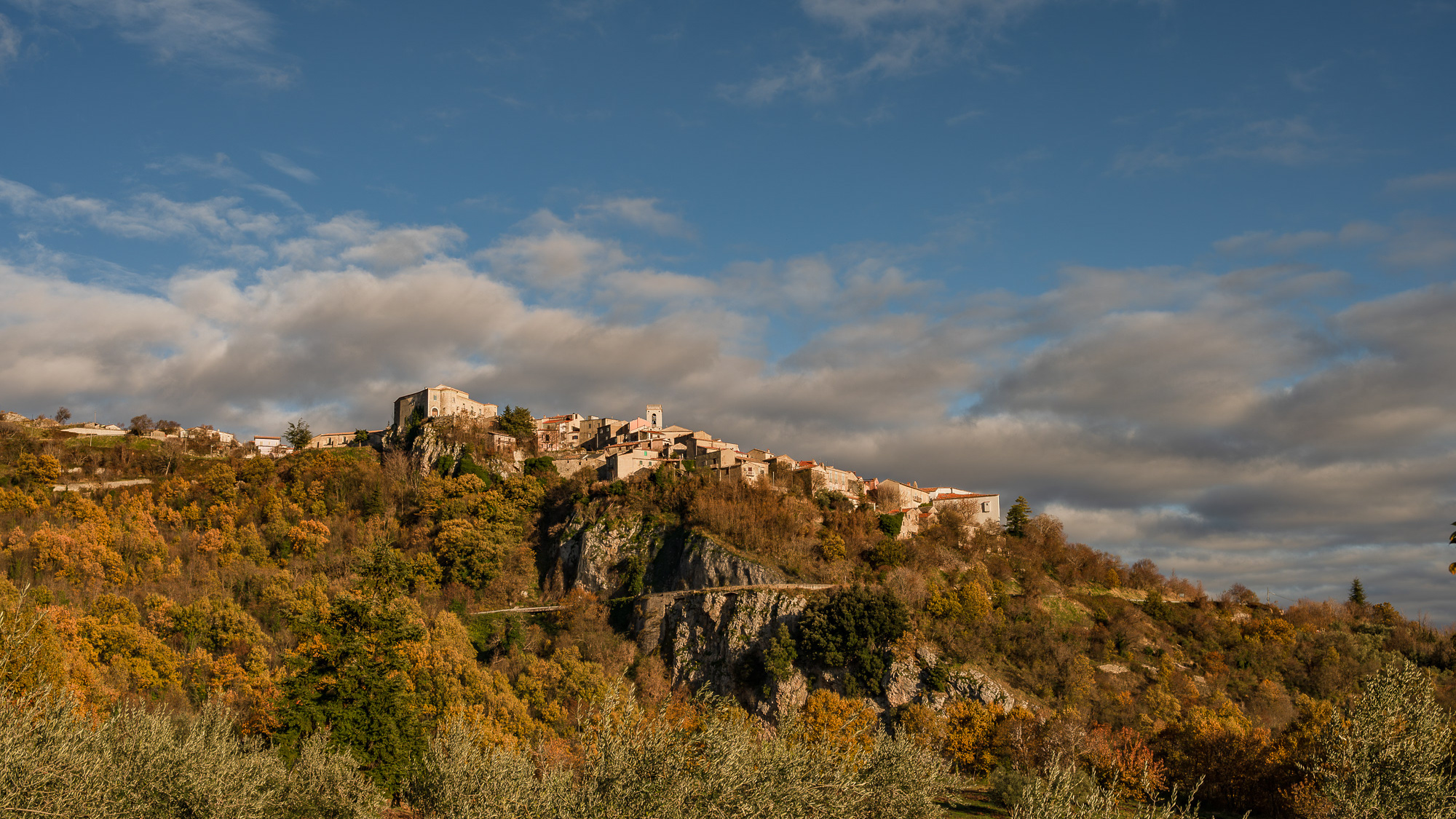
2024
Macchiagodena. Glimpses of autumn.
Macchiagodena is an Italian municipality of 1,648 inhabitants in the province of Isernia in Molise.
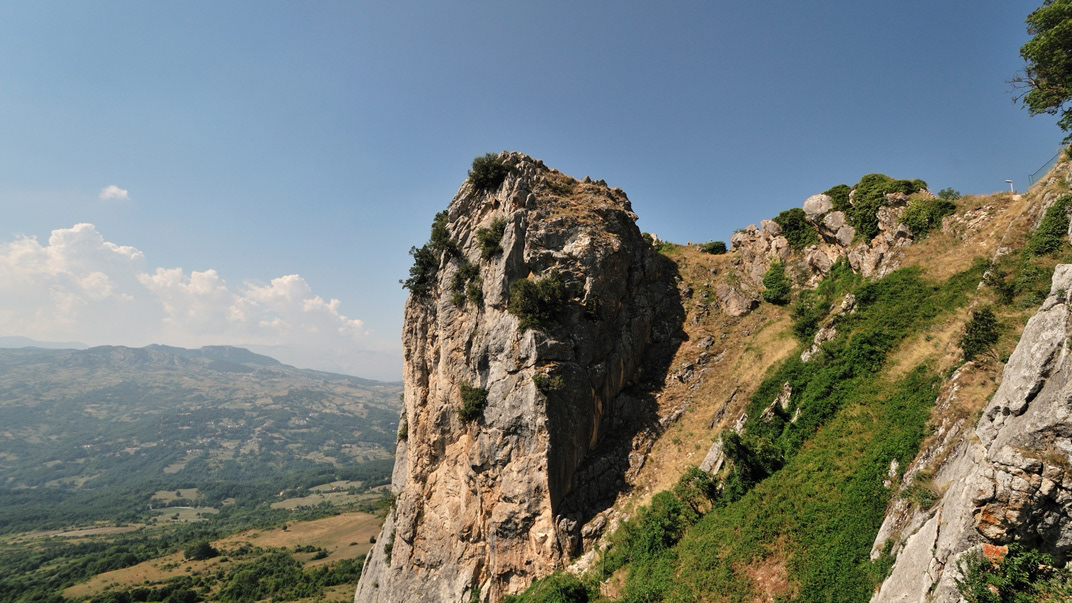
2015
Pescopennataro (IS)
Pescopennataro è un comune italiano di 269 abitanti della provincia di Isernia in Molise. Fino al 1790 è stato parte integrante del Giustizierato d'Abruzzo e dell'Abruzzo Citeriore del Regno di Napoli e del Regno delle Due Sicilie. La porta arcuata medievale, detta "Porta di sopra". Mediante questa si accede alla chiesa madre. La chiesa di San Bartolomeo apostolo (1654), ricostruita nel XX secolo dopo le distruzioni delle guerre mondiali. Di particolare interesse sono l'altare maggiore con l'annesso tabernacolo in legno, i 6 altari minori laterali, un pulpito dello stesso materiale del tabernacolo, un organo da chiesa ed una originale acquasantiera. La chiesa della Madonna delle Grazie. L'Eremo di San Luca, situato nel bosco e nel territorio del comune di Sant'Angelo del Pesco. La fontana di Piazza del Popolo, opera dell'architetto De Lallo. Il Museo della Pietra "Chiara Marinelli". Il Belvedere del Guerriero Sannita.
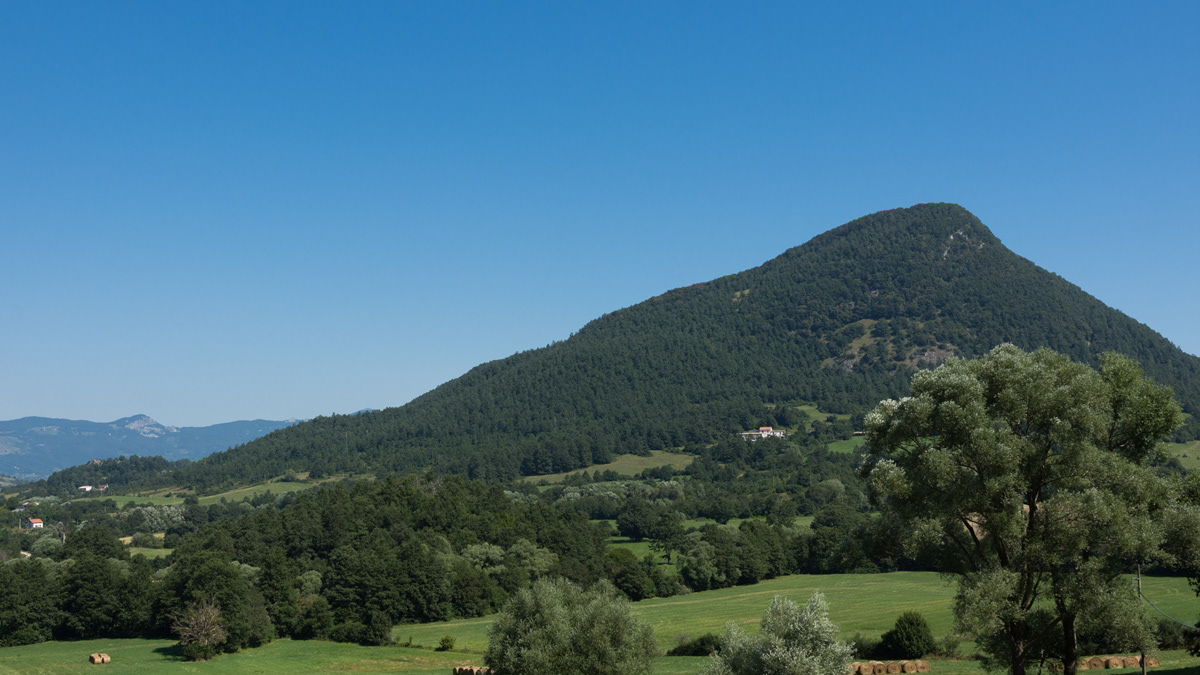
2018
Panorami
2022
Molise, Italy. Spectacular autumn panorama.
Molise is an Italian region with a stretch of coast overlooking the Adriatic Sea. It includes a part of the Abruzzo National Park in the Appennine mountain range, with a rich wildlife and trails.
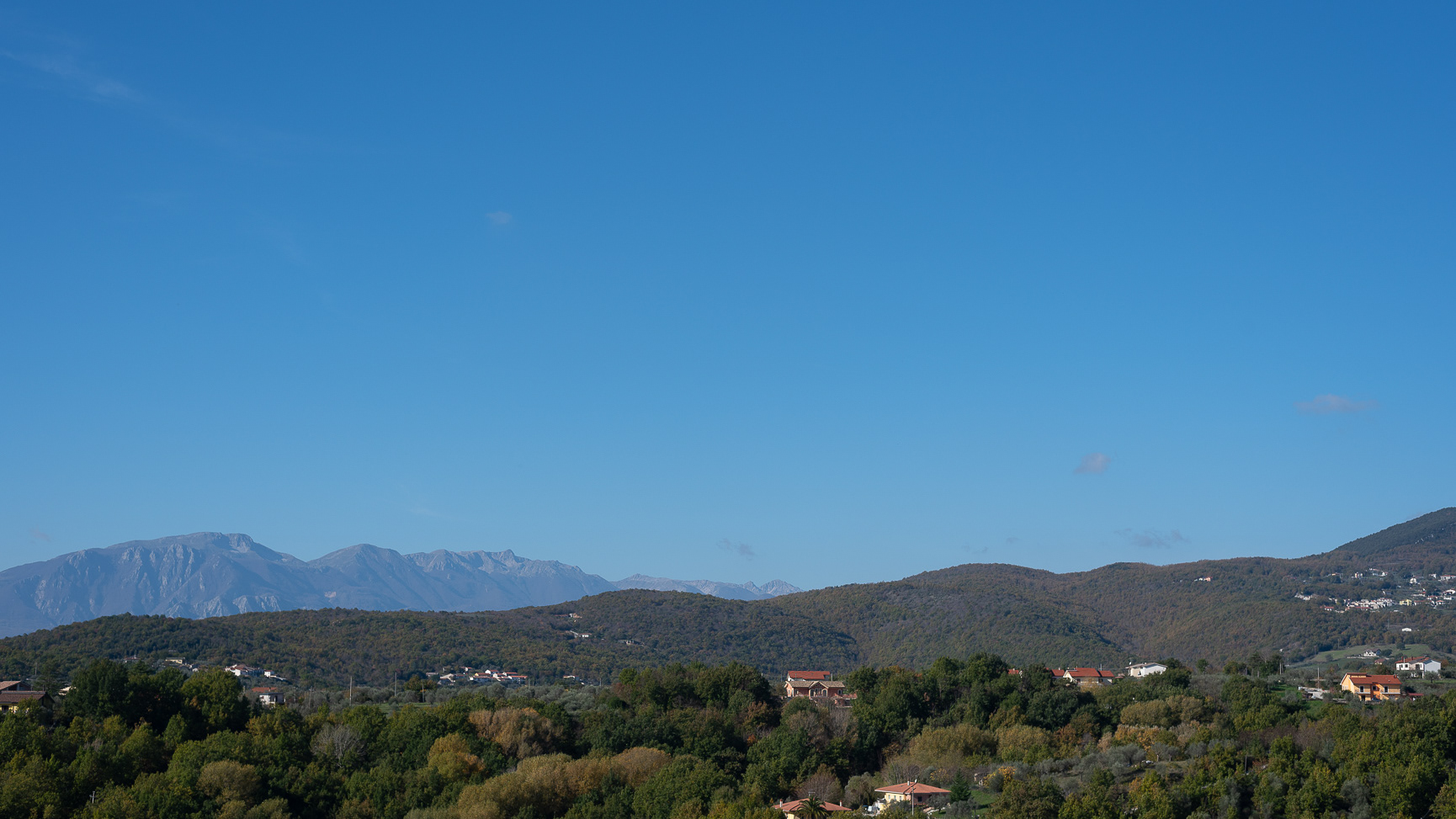
2021
Autumnal landscape of Molise
2023
Castelpetroso, The Sanctuary. Via Matris
